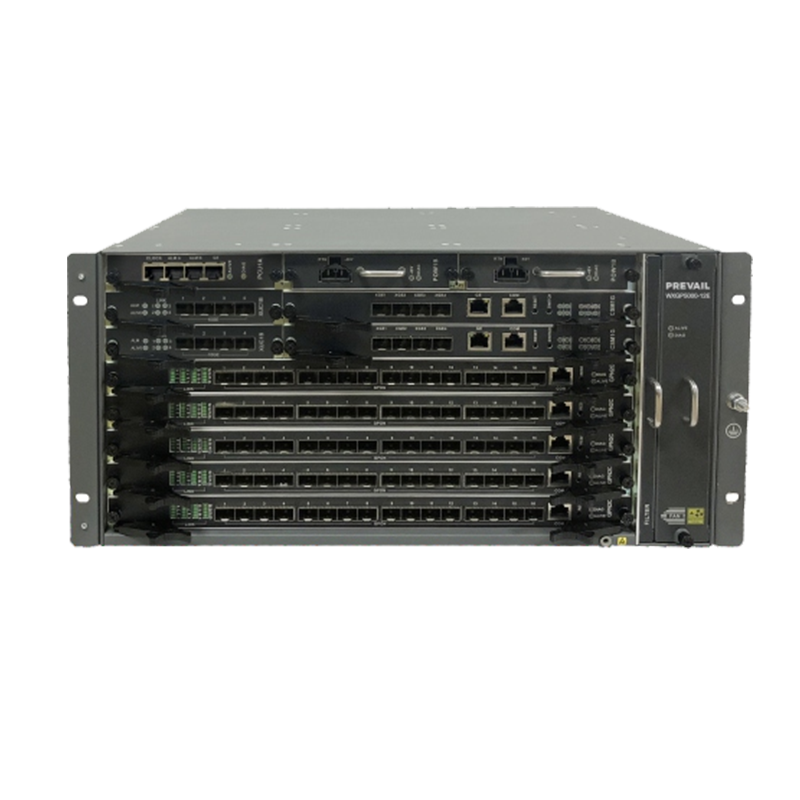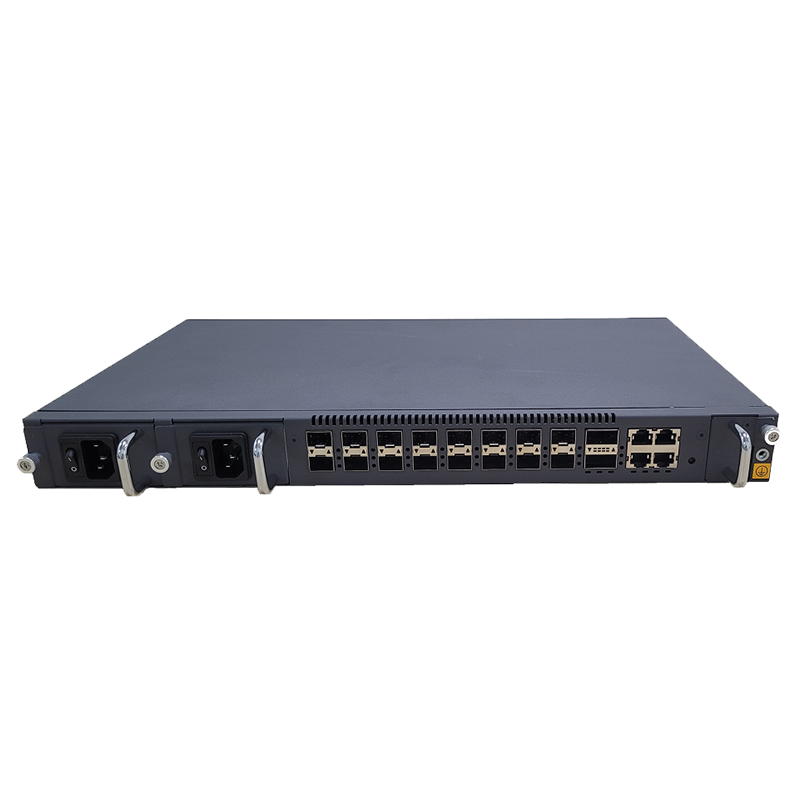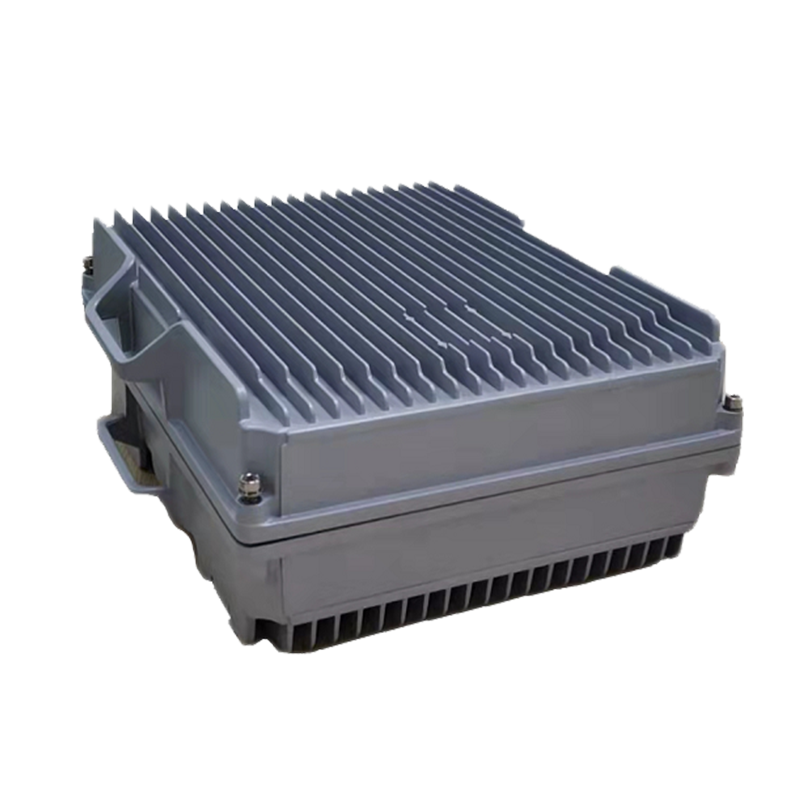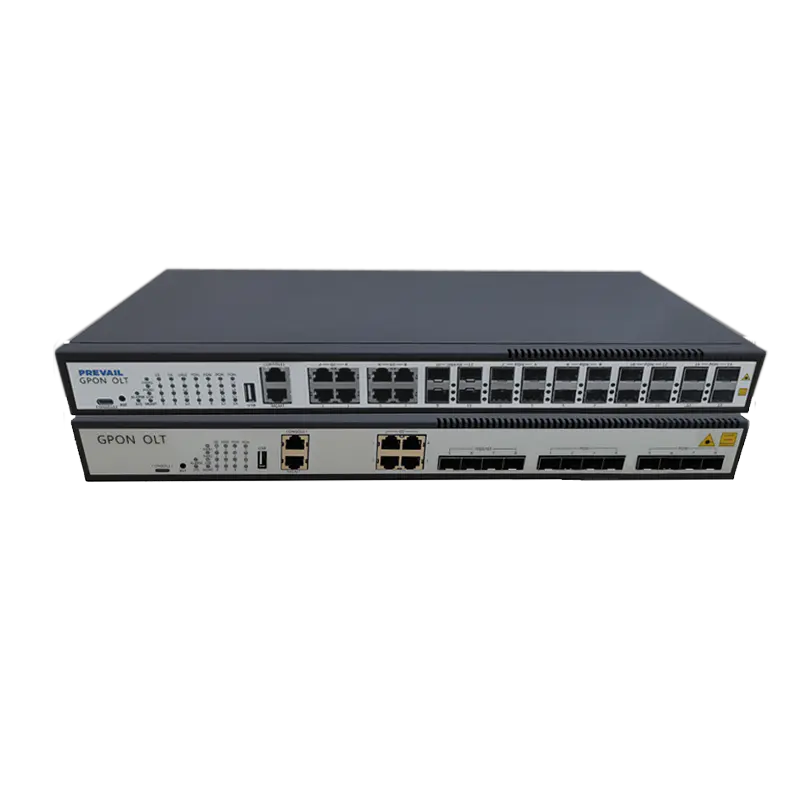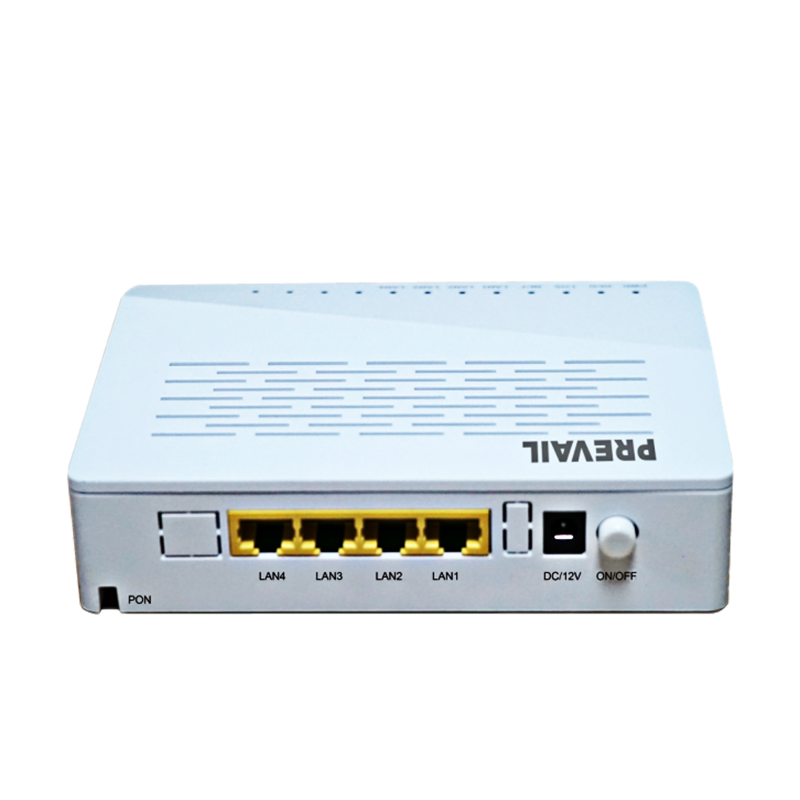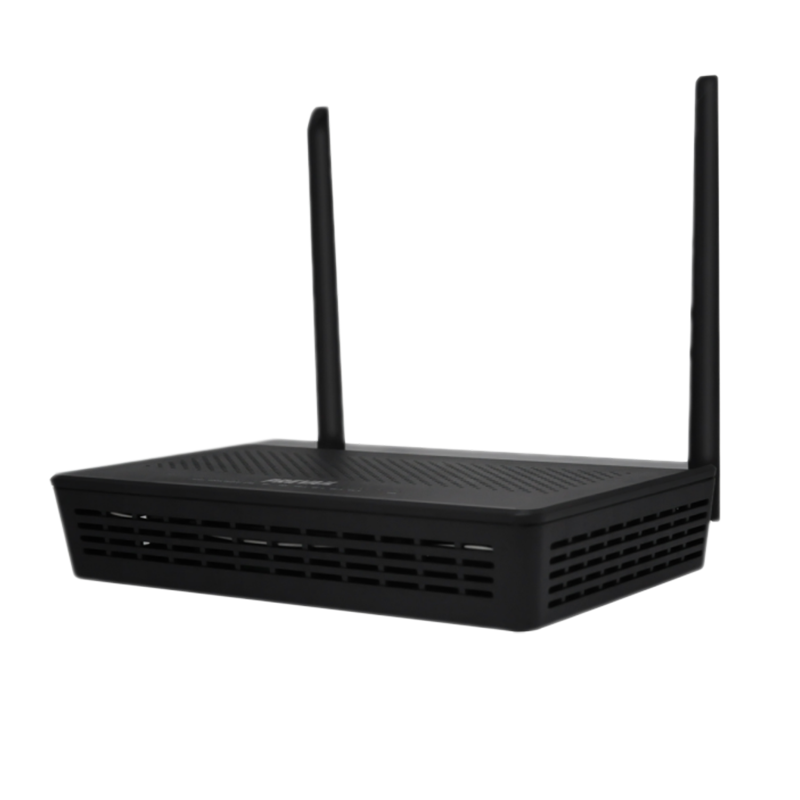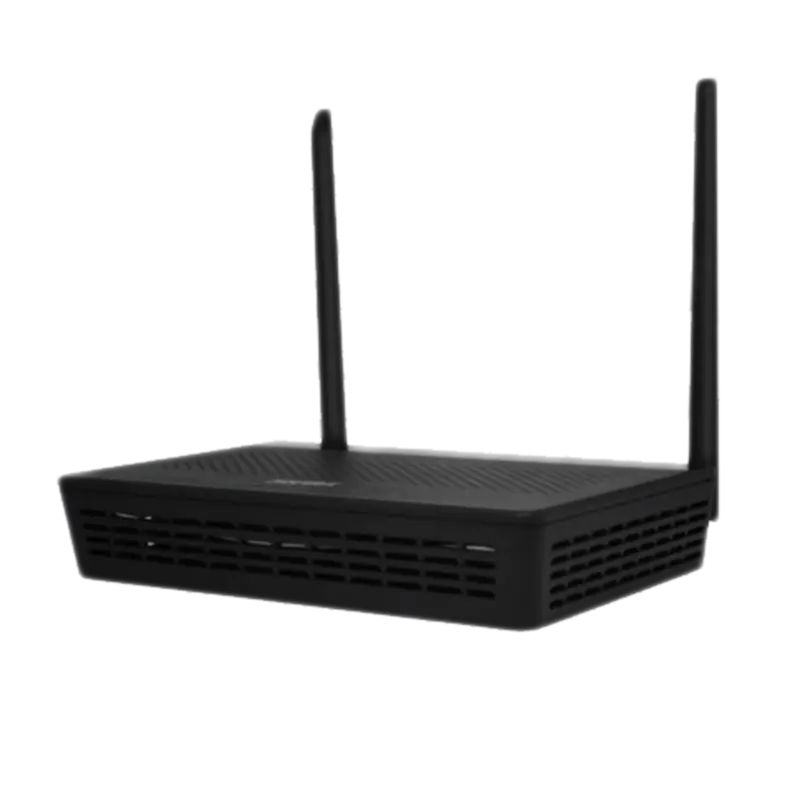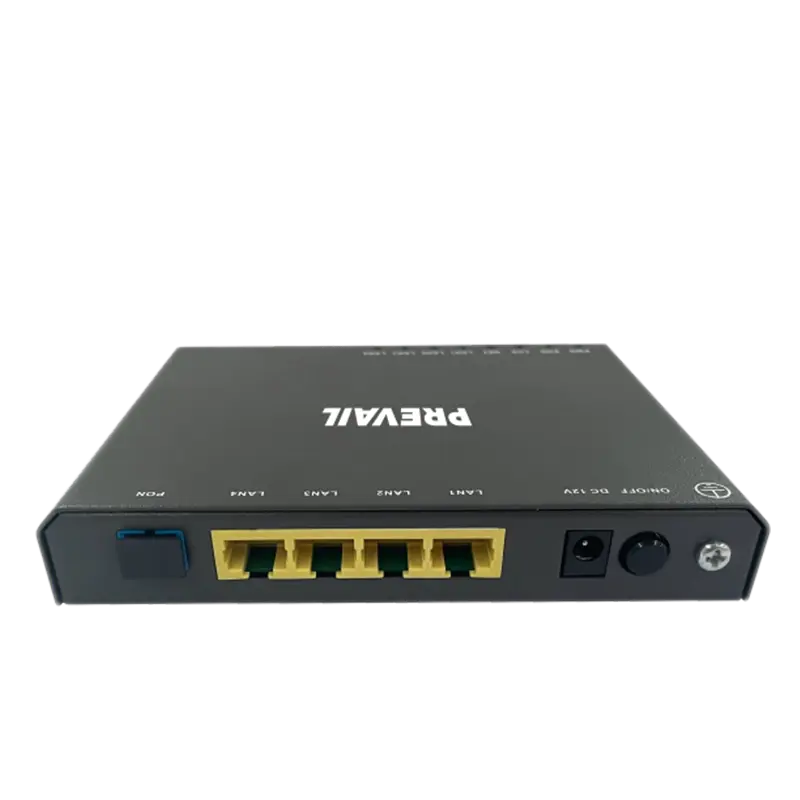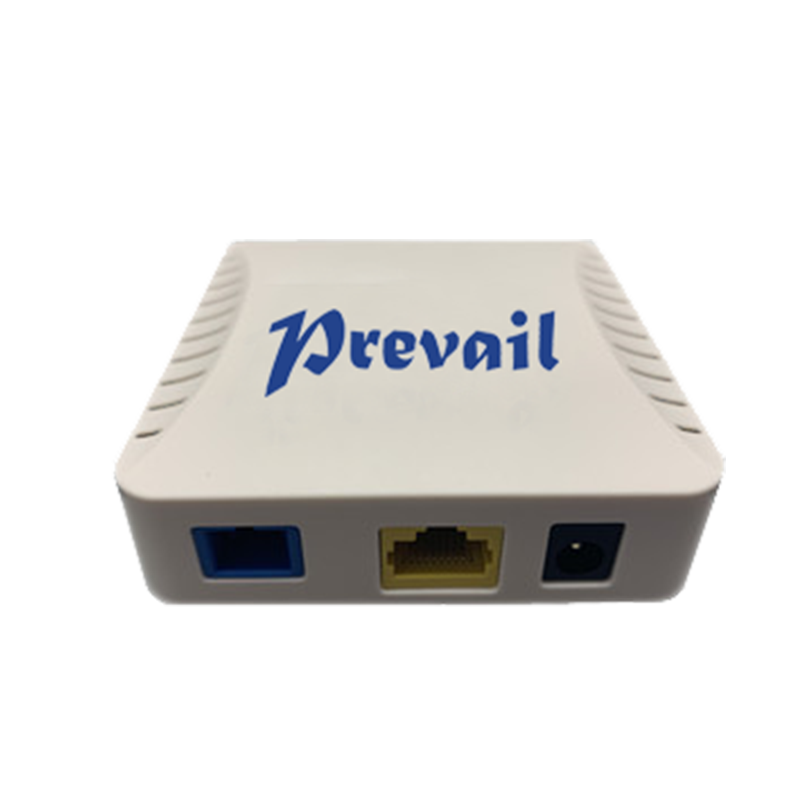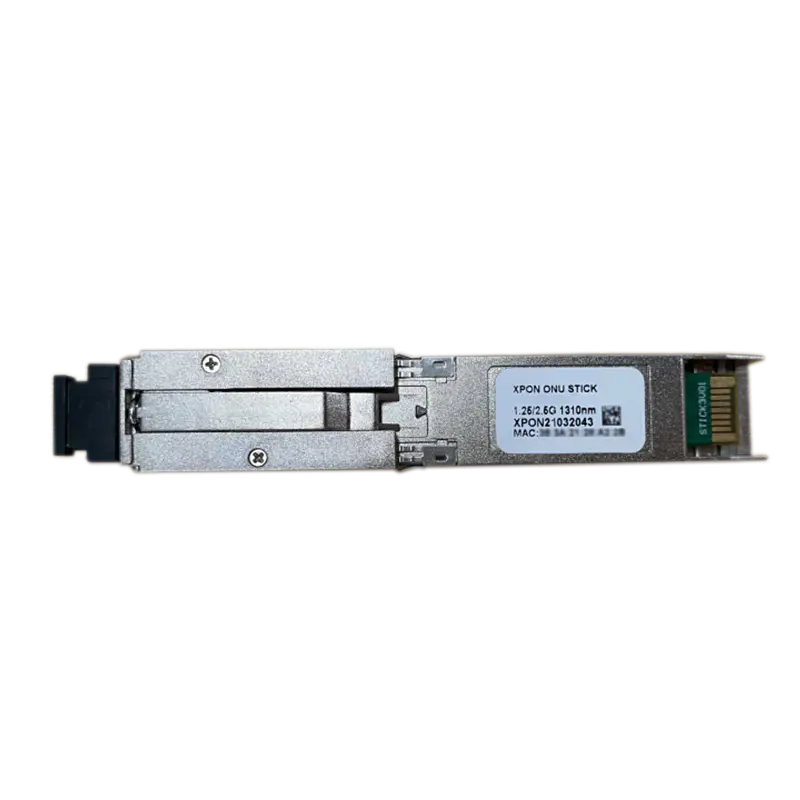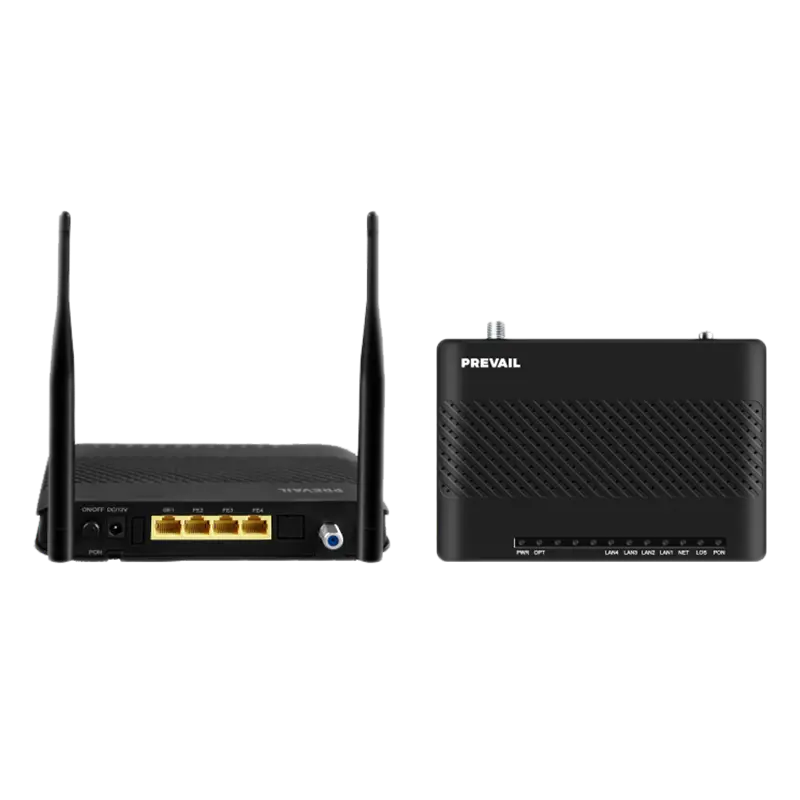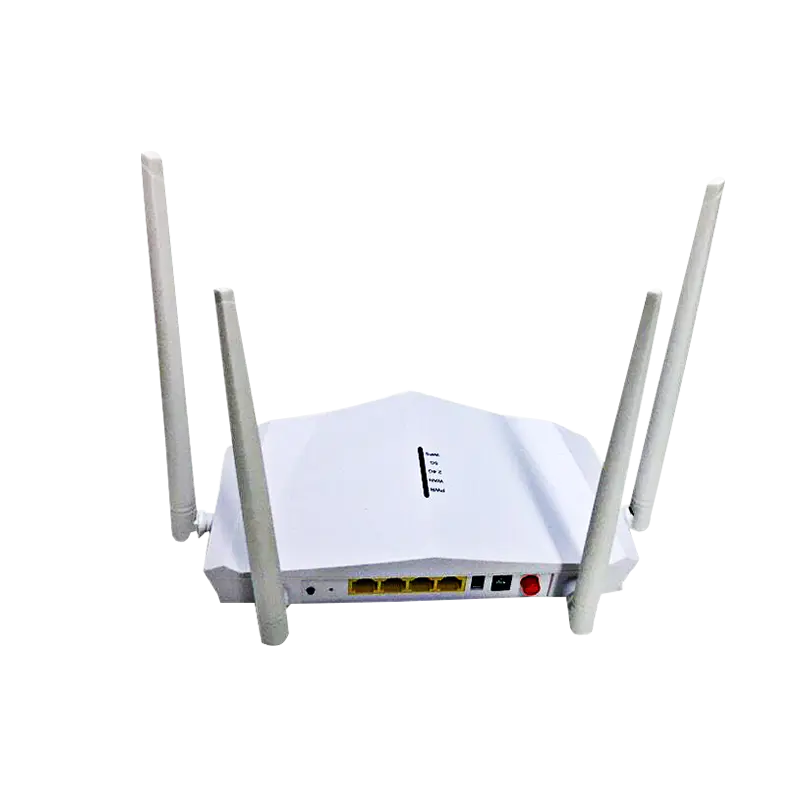Is Your Home Network Ready for the Future? The FTTH Optical Receiver Explained
In an era of 4K streaming, cloud gaming, and remote work, a slow or unreliable internet connection is more than an inconvenience—it’s a barrier to modern life. You may have heard that Fiber-to-the-Home (FTTH) is the ultimate solution, delivering unparalleled speed and reliability. But have you ever wondered how the invisible light traveling through a fiber optic cable transforms into the internet that powers your devices? The answer lies in a small, yet critically important, device: the FTTH Optical Receiver. This guide will demystify this essential component, explaining its function, benefits, and why it’s the cornerstone of a superior home network experience.
The Bridge to Your Digital World: What is an FTTH Optical Receiver?
An FTTH Optical Receiver, often simply called an “optical receiver” or found within an Optical Network Terminal (ONT), is the crucial device that acts as the endpoint of the fiber optic cable inside your home. Its primary function is to receive the incoming digital optical signal—a stream of light pulses sent from your Internet Service Provider’s (ISP) central office—and convert it into an electrical signal that your home’s routers, computers, and smart devices can understand and use. Think of it as a ultra-high-speed translator, seamlessly converting the language of light into the language of electronics, enabling everything from your video calls to your movie nights.
Why is This Conversion So Critical? The Power of Light
Fiber optic technology uses light to transmit data, which offers monumental advantages over traditional copper cables that use electrical signals. Light signals are immune to electromagnetic interference, experience far less signal loss over long distances, and can carry vastly more data. However, your electronic devices cannot process light. This is where the optical receiver proves its indispensability. It performs the essential optoelectronic conversion with extreme precision, ensuring that the immense bandwidth and pristine quality of the optical signal are faithfully translated into a usable electrical output without degradation.
The Unsung Hero of Your Network: Key Benefits You Rely On
While it operates silently out of sight, the quality and performance of your FTTH optical receiver directly impact your daily online experience. A high-quality receiver ensures:
- Blazing-Fast and Symmetrical Speeds: Modern optical receivers are designed to handle gigabit and multi-gigabit speeds effortlessly. They are key to delivering not just fast download speeds, but also critical symmetrical upload speeds, which are essential for smooth video conferencing, online gaming, and sharing large files to the cloud.
- Rock-Solid Reliability and Stability: By accurately converting the clean optical signal, a good receiver minimizes errors, packet loss, and latency (jitter). This translates to a incredibly stable connection—no more frustrating buffering during a crucial moment in a movie or a dropped connection in the middle of a work presentation.
- Support for Bandwidth-Intensive Services: The receiver is the gateway that allows your home to fully utilize advanced services offered over fiber, including high-definition IPTV (television service), VoIP (digital phone service), and whole-home Wi-Fi systems, all running simultaneously without a drop in performance.
- Future-Proofing Your Connection: As ISPs continue to increase offered speeds and develop new services, the optical receiver is built to support these advancements. A quality device is designed to meet not just today’s standards but also the demands of tomorrow’s applications.
Choosing the Right Receiver: A Matter of Compatibility and Quality
It’s important to understand that an FTTH optical receiver is not a generic, one-size-fits-all device. It is typically provided and installed by your ISP as part of their specific FTTH network equipment (the ONT). This is because the device must be perfectly compatible with the ISP’s optical line terminal (OLT) equipment at the other end of the connection. They must “speak the same language” in terms of wavelength, signal protocol, and power levels.
However, the underlying quality of the components matters immensely. Reputable manufacturers build receivers with high-sensitivity photodiodes and advanced electronics to ensure maximum signal integrity and longevity. When your ISP installs professional-grade equipment, you are guaranteed this compatibility and quality.
Is Your Connection Operating at Its Full Potential?
If you already have FTTH but are experiencing intermittent issues, slow speeds, or instability, the optical receiver (within the ONT) could be a potential culprit. While rare, these devices can be affected by power surges, extreme heat, or simply fail over time. The first step is always to contact your ISP’s technical support, as they can remotely diagnose the health of the optical signal and the receiver itself.
Unlock the True Power of Fiber
The FTTH optical receiver is the silent, reliable hero at the endpoint of the world’s most advanced internet technology. It is the crucial link that unlocks the mind-boggling speed, reliability, and potential of fiber optics, directly into your home.




